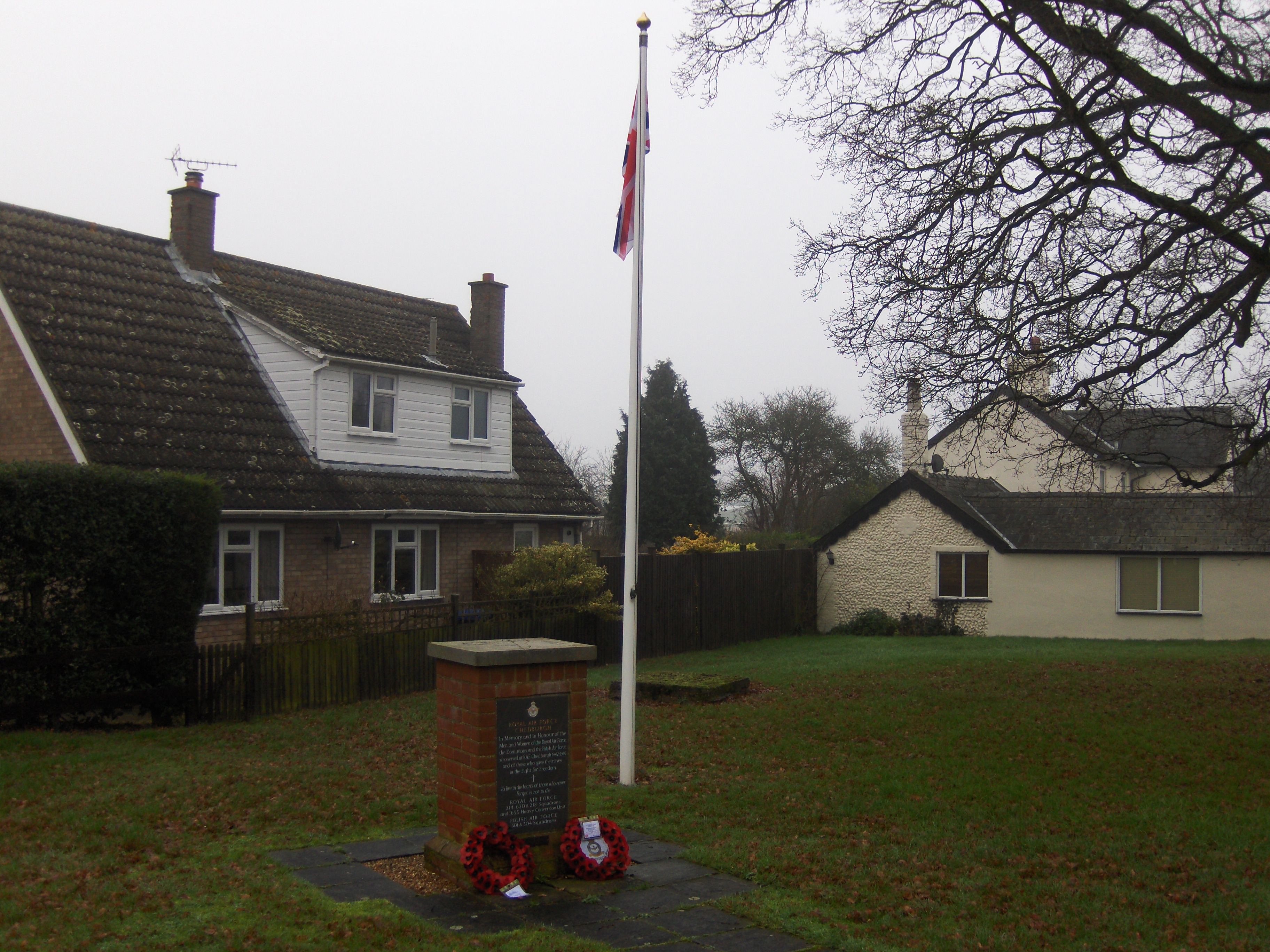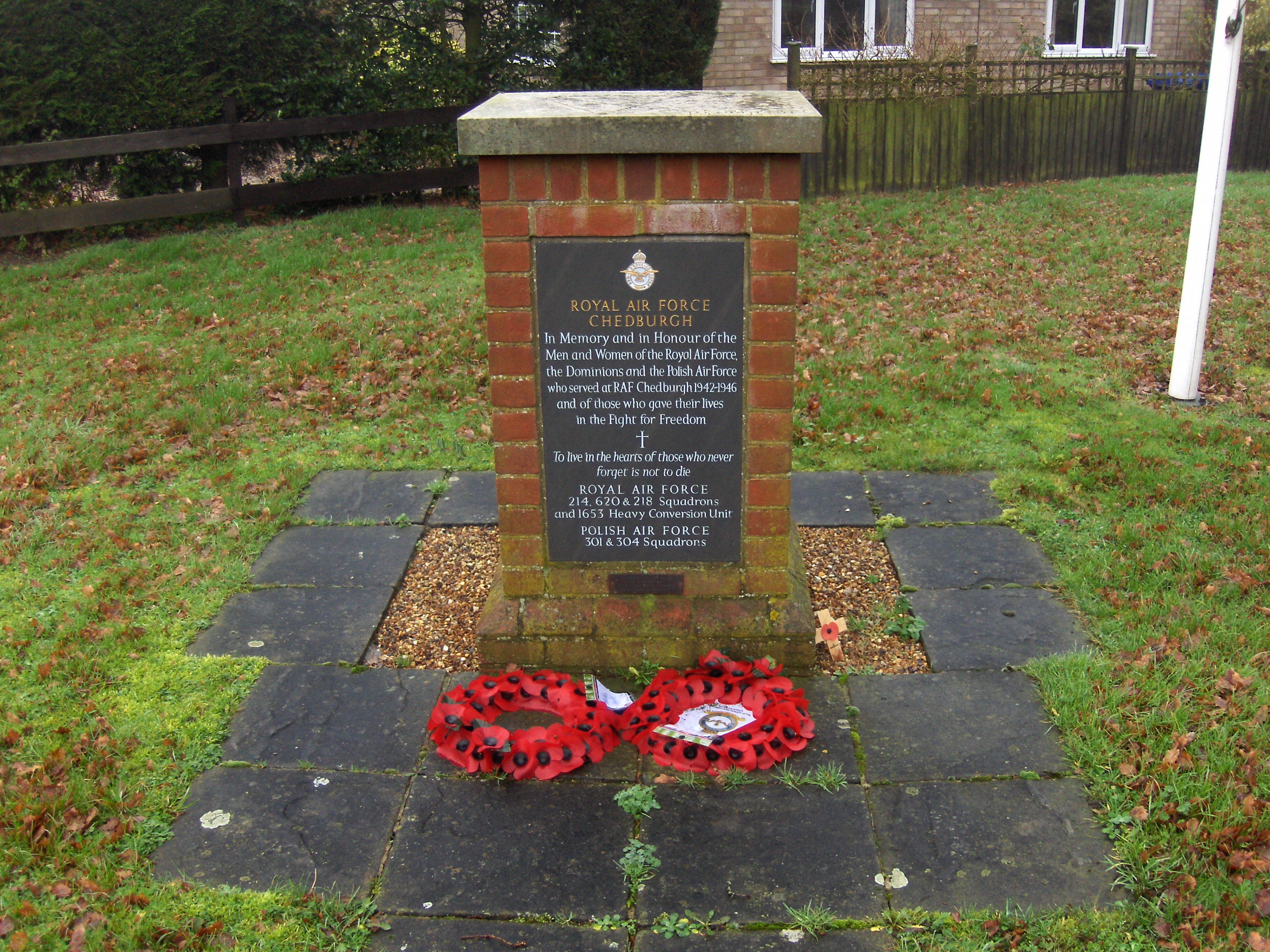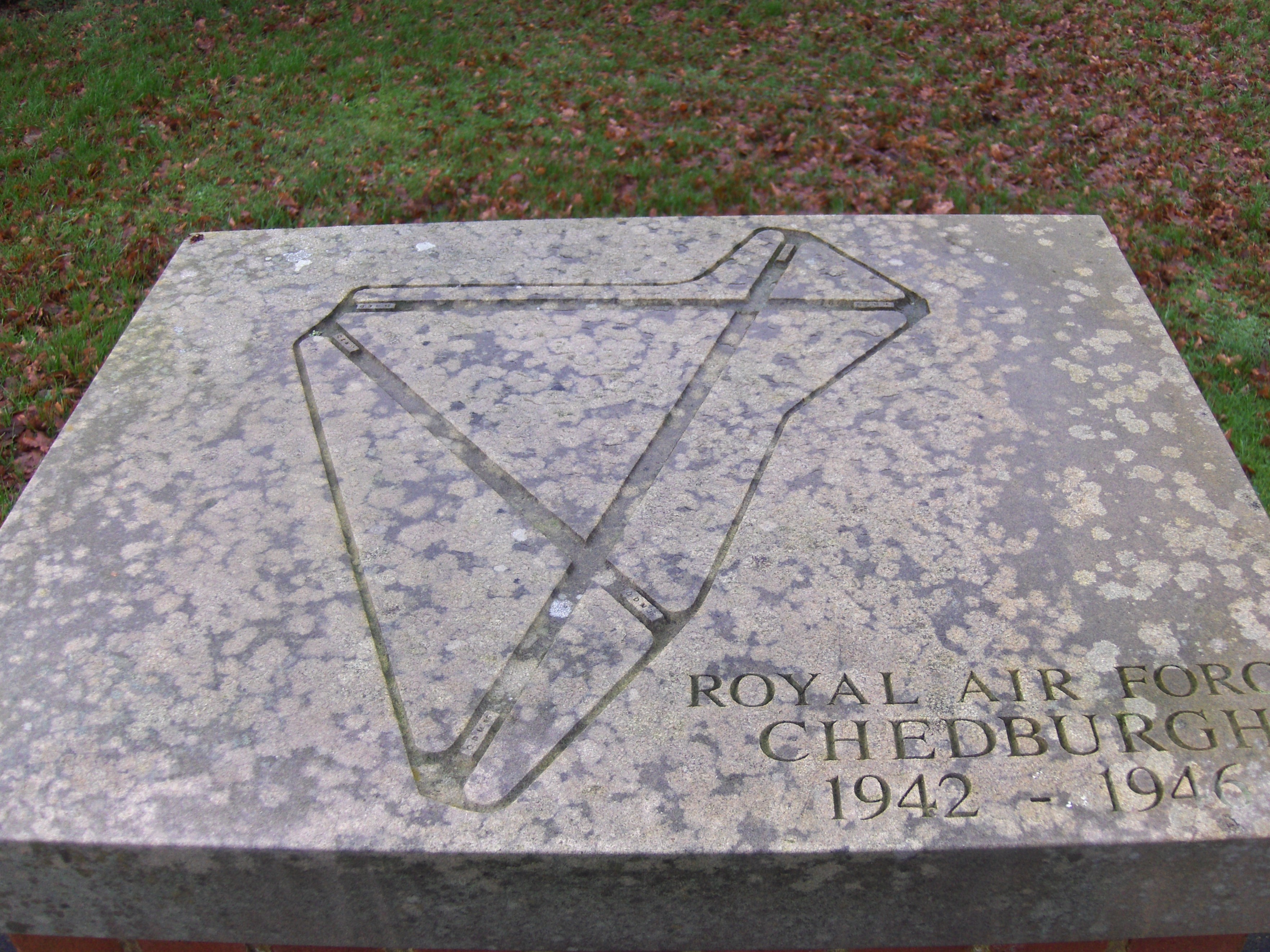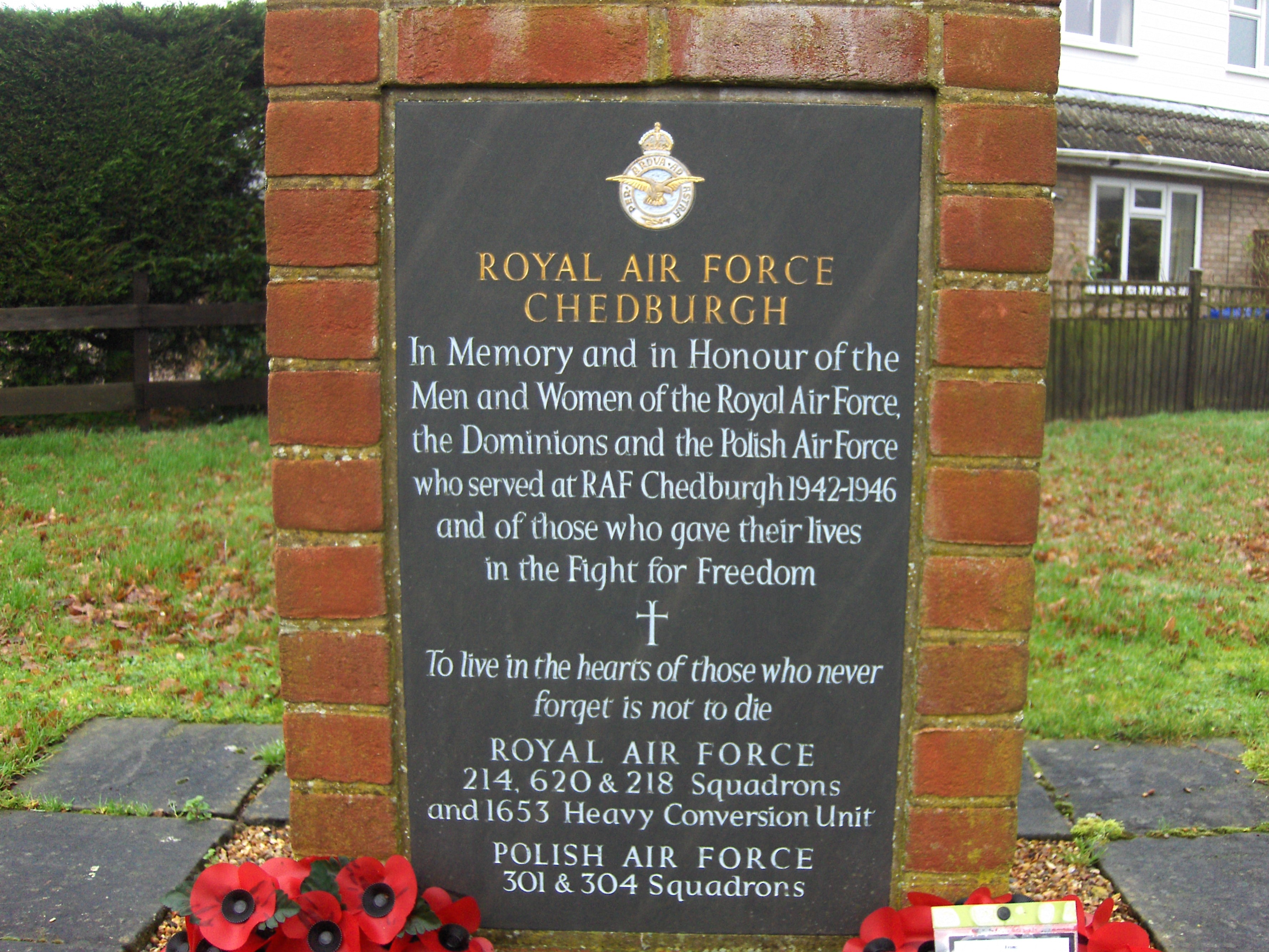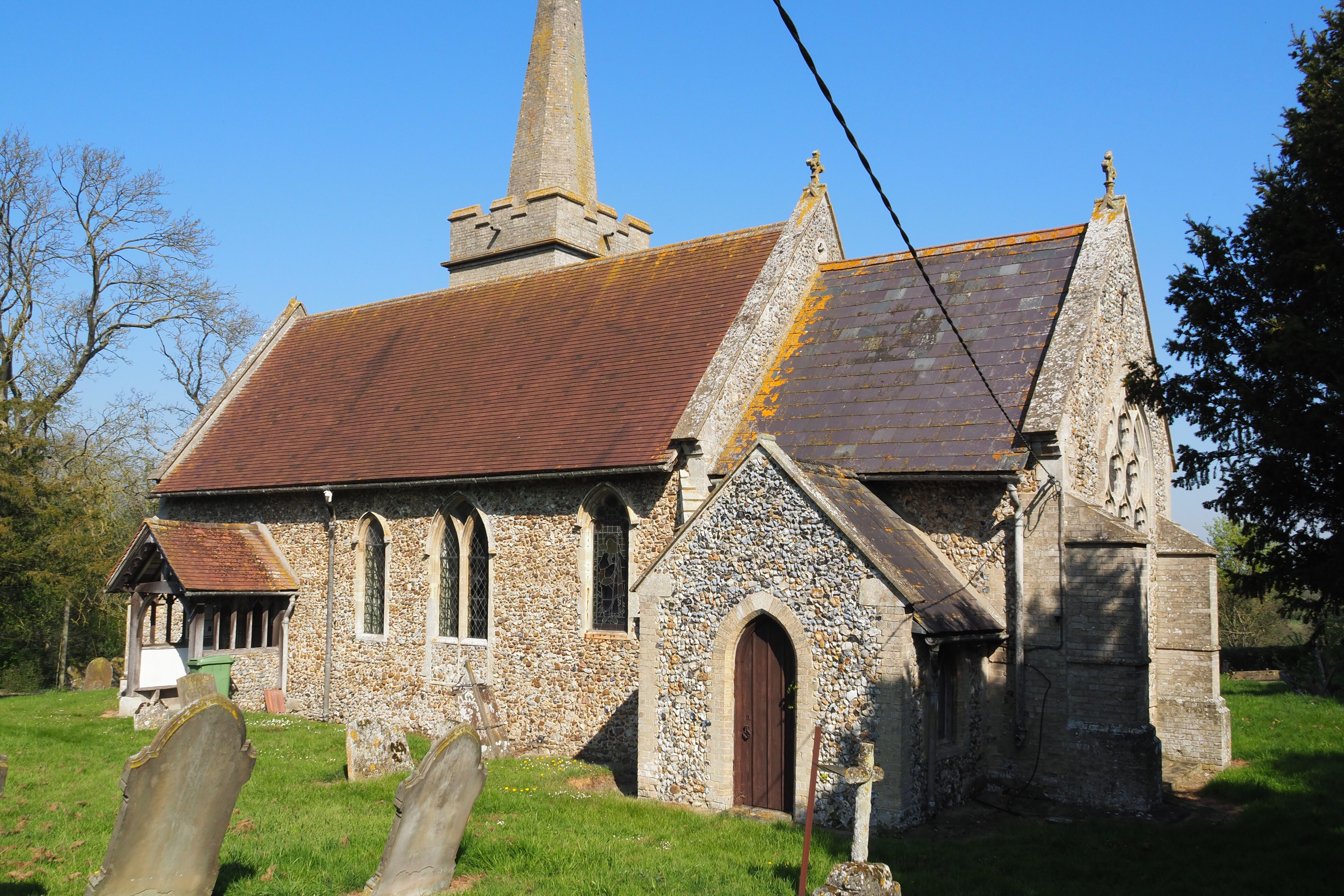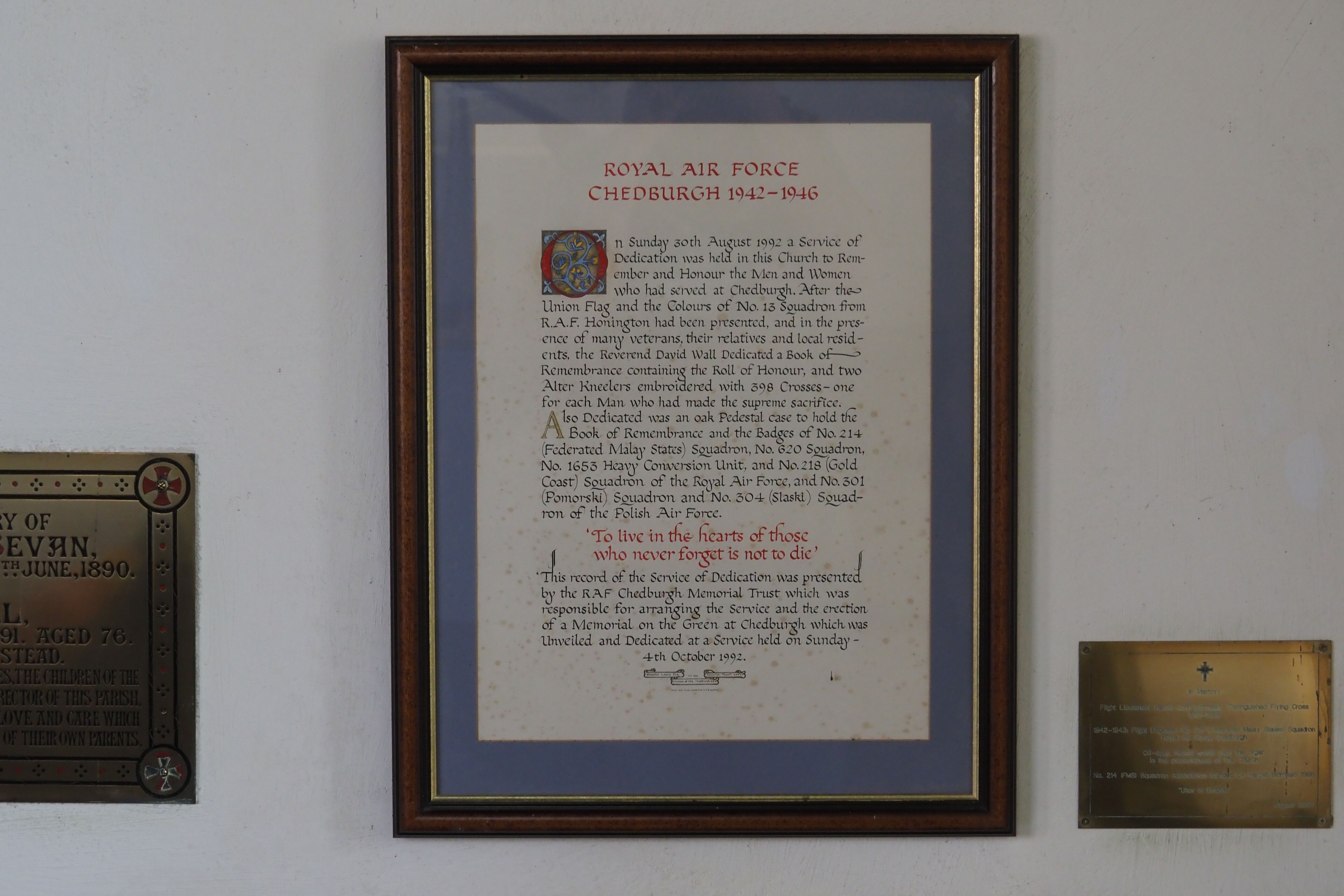Hopkins, Stanley Harold
Personal Information
| Rank | Sgt |
| Forename(s) | Stanley Harold |
| Surname | Hopkins |
| Gender | M |
| Date of Death | 01-09-1943 |
Aircraft Information
| Aircraft | Short Stirling III |
| Serial Number | EF401 |
| Markings | BU-Y |
Memorial Information
| Burial/Memorial Country | Germany |
| Burial/Memorial Place | Berlin 1939-1945 War Cemetery |
| Grave Reference | Coll. grave 5. D. 34-37. |
| Epitaph |
IBCC Memorial Information
| Phase | 2 |
| Panel Number | 184 |
Enlistment Information
| Service Number | 1604617 |
| Service | Royal Air Force Volunteer Reserve |
| Group | 3 |
| Squadron | 214 (Federated Malay States) |
| Squadron Motto | Ultor in umbris (Avenging in the shadows) |
| Trade | Flight Engineer |
| Country of Origin | United Kingdom |
Other Memorials
| Location | Village Green, Chedburgh, Suffolk |
| Country | United Kingdom |
| Memorial Type | Brick Monument with Inscribed Marble Tablets |
| Memorial Text | In memory and honour of the Royal Air Force and Polish Air Force Squadrons who were based at RAF Chedburgh 1942 - 1946 |
| Location | All Saints Church, Chedburgh, Suffolk |
| Country | United Kingdom |
| Memorial Type | Memorial Plaques and RoH within wooden case |
| Memorial Text | Roll of Honour and scroll remembering the members of the Royal and Polish Air Forces who served at RAF Chedburgh 1942 - 1946 |
Commonwealth War Graves Commission
The National Archives
| Record of Events (Operational Record Book) AIR 27/1322/16 |
| Summary of Events (Operational Record Book) AIR 27/1322/15 |
Fellow Servicemen
Please note that this list gives all the losses aboard the quoted aircraft and occasionally these may have occurred on an earlier date when the aircraft was not itself lost. Please check the dates of death carefully.
Last Operation Information
| Start Date | 31-08-1943 |
| End Date | 01-09-1943 |
| Takeoff Station | Chedburgh |
| Day/Night Raid | Night (1% moon) |
| Operation | Berlin. 622 aircraft, 47 losses (7.6%). Stirling losses were some 16.0% Fighter flares were used by the German night-fighters for the first time to mark the path of the main force both into and out of the target area. This raid was not a success. Cloud, combined with the now familiar problems with the H2S equipment and the effective defences of the city conspired to make the PFF marking very difficult. Creepback was an additional problem and it is said that the fires stretched back some 30 miles! Only 85 homes were destroyed. There were 68 deaths. Goebbels ordered that all children and any adults not engaged in war work be evacuated to the country. |
| Reason for Loss | Shot down by a night-fighter and crashed at Brandenburg, Germany |
